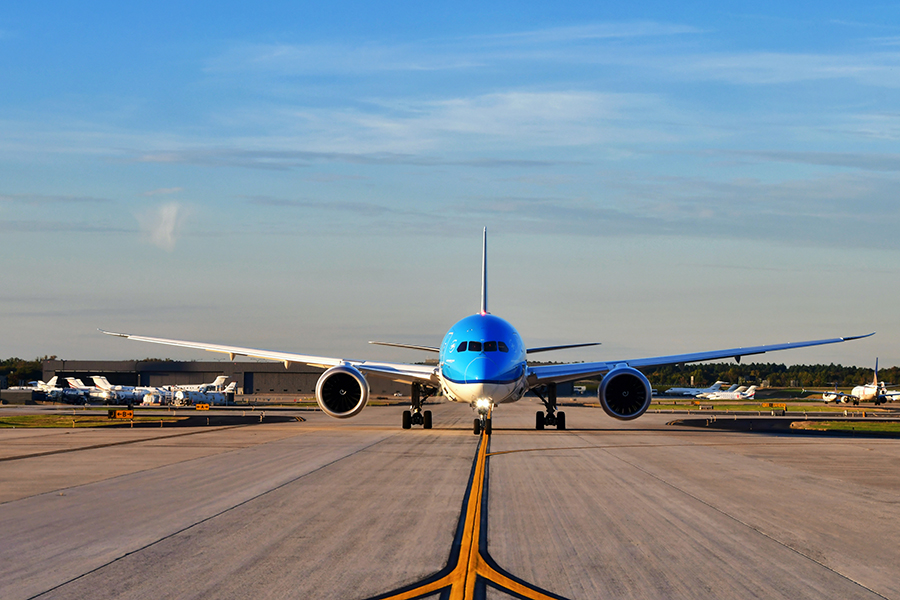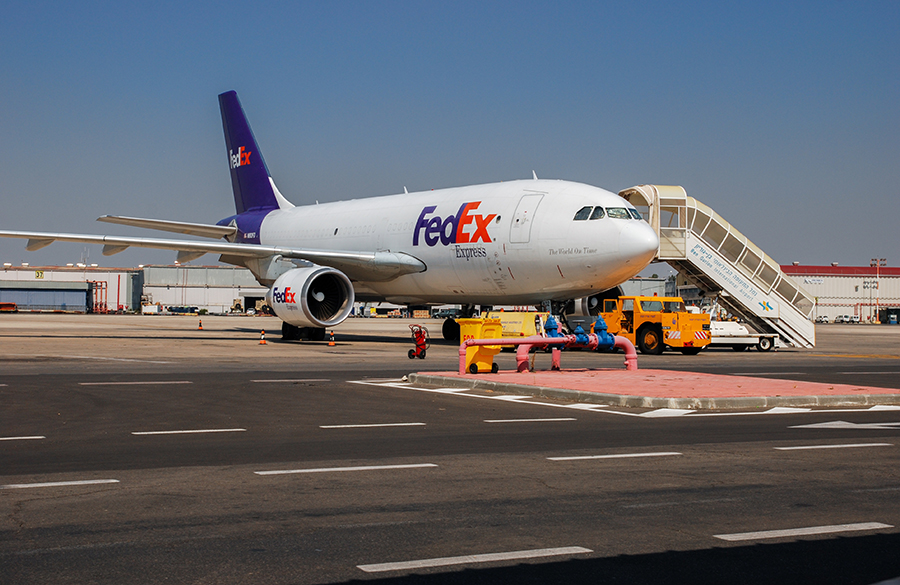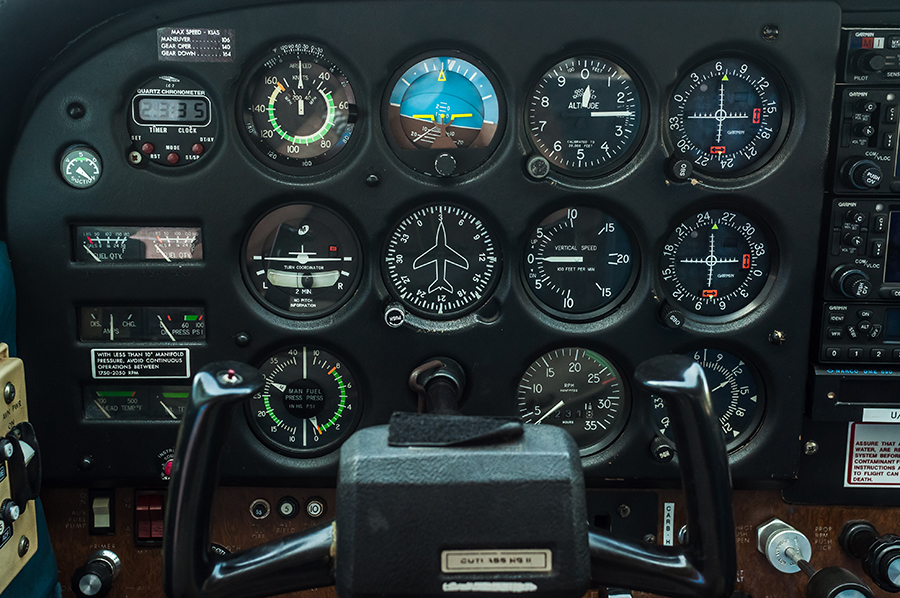-
What is a CTAF (Common Traffic Advisory Frequency)?
-
What Is the Difference between CTAF and UNICOM?
- Can a CTAF and UNICOM Be the Same?
-
How to Find a CTAF
- 1. Aeronautical Charts
- 2. Airport Directories
- 3. Flight Planning Apps and Websites
-
How to Use a CTAF
-
Pilot-Controlled Lighting Systems and CTAF
-
Conclusion
The Common Traffic Advisory Frequency (CTAF) is misunderstood, mistaken for a similar frequency, and unknowingly misused by pilots who don’t know any better.
After reading this article, you won’t be one of them.
In this article, we’ll dive into what a CTAF is, how to use a CTAF, and the difference between CTAF and UNICOM.
What is a CTAF (Common Traffic Advisory Frequency)?
A Common Traffic Advisory Frequency (CTAF) is a radio frequency pilots use to communicate with each other. When an airport doesn’t have a control tower (or the tower isn’t open), pilots will use a CTAF frequency.
So, pilots will talk to each other instead of talking to a person on the ground who provides instructions.
By tuning into the CTAF, pilots can share their position, altitude, and intentions with others in the area. This way, they can coordinate their movements (and avoid flying into each other).
General rules and procedures are put in place so that the airspace doesn’t become a free-for-all. We’ll cover those procedures later in this article.
But there is one more frequency that pilots use that is often confused with a CTAF.
It’s called UNICOM.
What Is the Difference between CTAF and UNICOM?
CTAF and UNICOM serve different purposes, but they can sometimes share the same frequency.
Pilots use a CTAF to communicate with each other and coordinate their movements.
UNICOM, on the other hand, is more like a customer service desk at the airport. It’s a radio frequency that pilots use to talk to airport staff, usually at small airports. By using UNICOM, pilots can ask for information about the weather, request fuel or services, and get updates on airport conditions.
UNICOM frequencies are typically operated by Fixed-Base Operators (FBOs). FBOs are private businesses that offer services like fueling, aircraft parking, and maintenance.
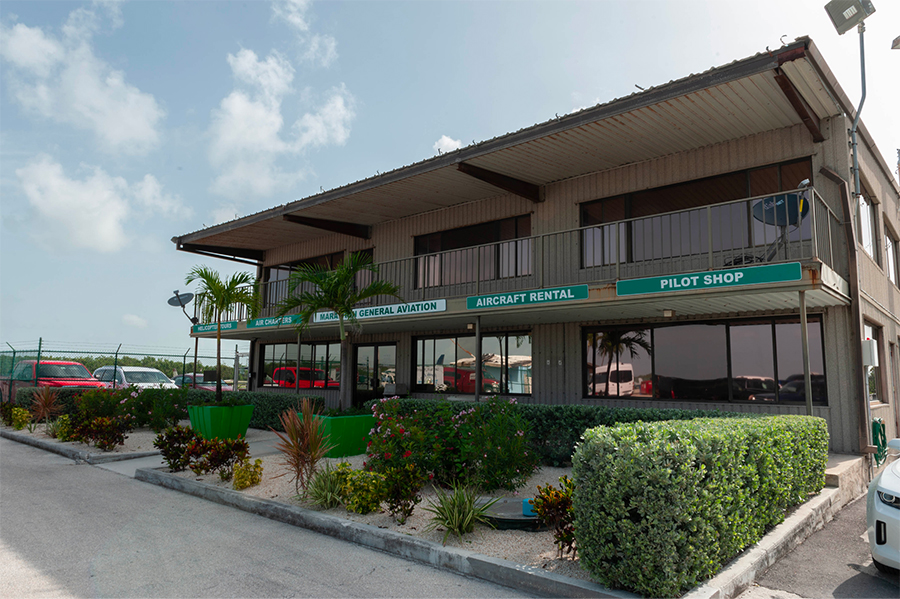
CTAF is for coordinating with other pilots, while UNICOM helps you get services and information from the airport.
Can a CTAF and UNICOM Be the Same?
Sometimes, the CTAF and UNICOM frequencies might be the same. This means that you’ll use the same radio frequency for talking to other pilots and contacting airport staff.
The services are still called CTAF and UNICOM, even if they share the same frequency.
Talking to a staff member at the airport? You’re using UNICOM.
Talking to another pilot? You’re using CTAF.
Even if they’re on the same radio frequency.
How to Find a CTAF
To find CTAF frequencies, you can use a few different resources.
1. Aeronautical Charts
Aeronautical charts show important information about airspace and airports. You’ll find the CTAF frequency for an airport near its symbol on the chart.
But there is a potential problem here.
Remember how CTAF and UNICOM can be the same frequency?
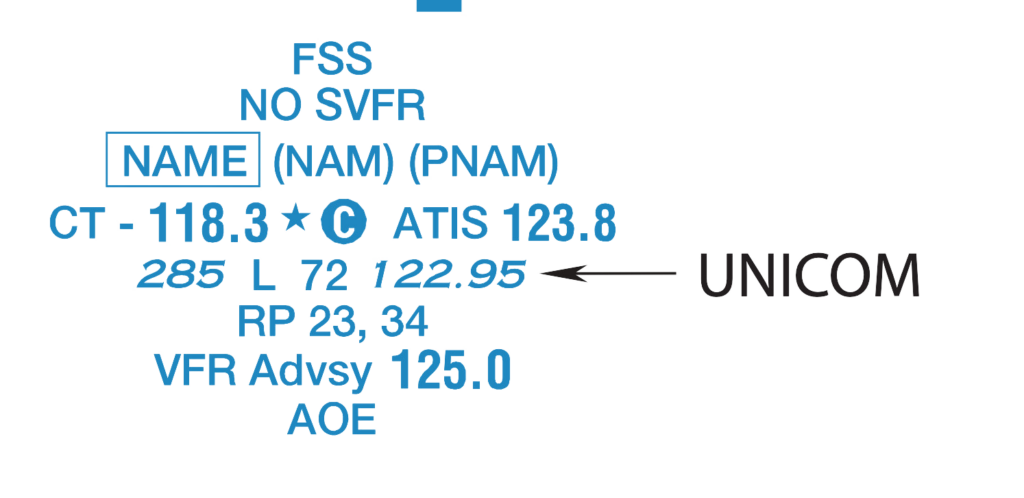
In this example, the Control Tower frequency (CT) is 118.3. When the control tower is closed, that frequency (118.3) becomes the CTAF (notice the “C” next to 118.3). The UNICOM is 122.95.
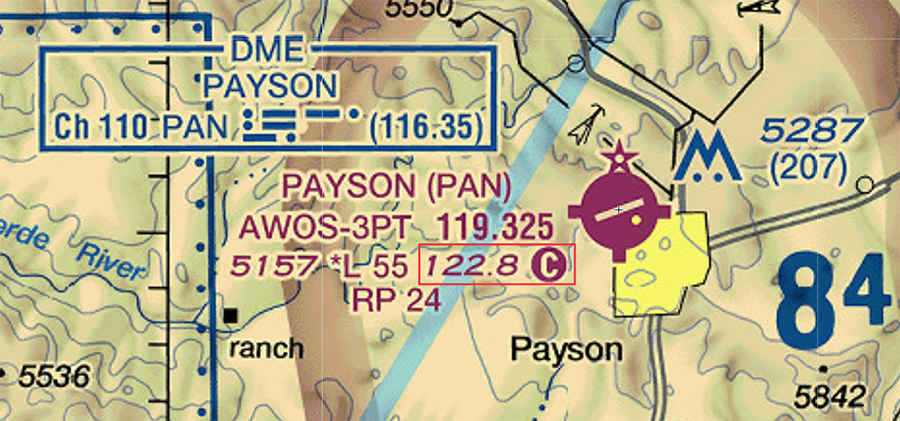
In this example, the CTAF and UNICOM frequency is the same (122.8). Notice the “C” next to the frequency. If there was no “C,” 122.8 would only be a UNICOM.
2. Airport Directories
Using an airport directory, you can look up the airport you’re planning to fly to and find its CTAF frequency listed.
The FAA chart supplement search is the easiest way to find information on an airport.
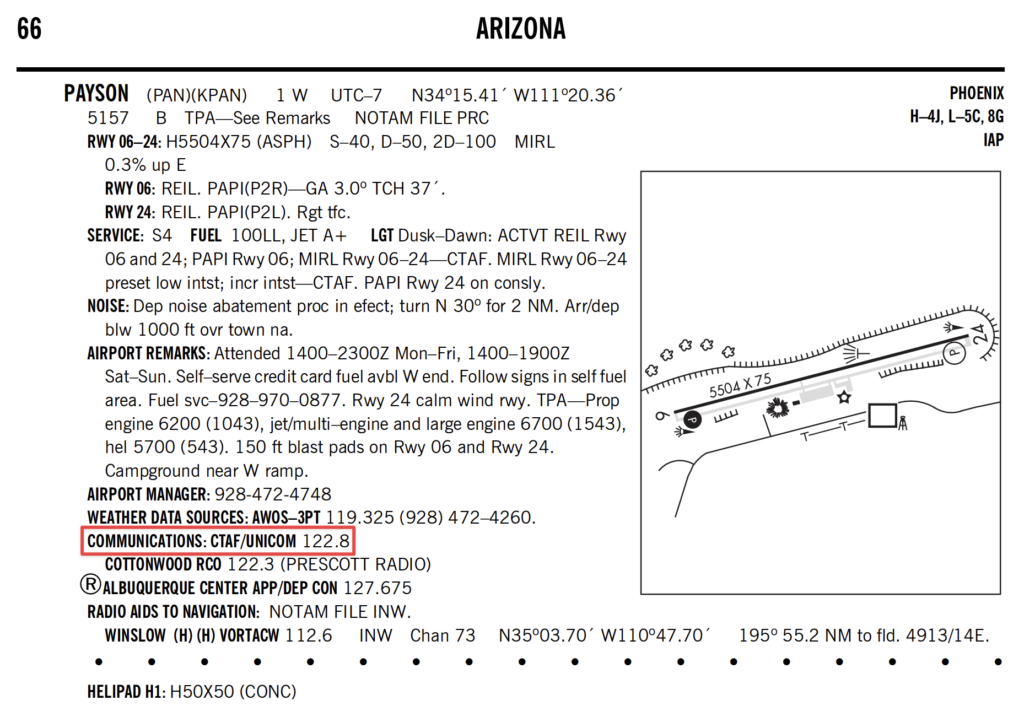
From the example above, we can see that the CTAF and UNICOM frequency is the same (122.8).
3. Flight Planning Apps and Websites
Many pilots use flight planning tools like ForeFlight, Garmin Pilot, or SkyVector to plan their flights. These apps and websites often include airport information, including CTAF frequencies.
You’ll also be able to find the chart supplement for the airport using these apps and websites.
How to Use a CTAF
Naturally, communicating on a CTAF is different from a controlled frequency.
When talking to Air Traffic Control (ATC), instructions are read back to ensure that there is no confusion. On a CTAF, there are no readbacks, and it’s up to the pilots to prevent confusion.
The Aeronautical Information Manual (AIM) goes into detail on the procedures you should use on a CTAF. Section 4-1-9 explains the terminology you should use and when you should make certain broadcasts. Give it a read before bed tonight. You’ll learn a lot (and it will put you right to sleep).
There are a few rules and procedures you will need to remember.
Firstly, when approaching an airport with a CTAF, you should make a radio call 10 miles out. You should start monitoring the frequency before then, however.
Monitoring the frequency before entering the 10-mile radius will allow you to form a picture of what’s going on at the airport. This way, when you get closer, you will have an idea of what you need to do to avoid traffic.
According to the AIM, you will also need to make a radio call when entering downwind, base, final, and when exiting the runway.
When it comes to the CTAF, it’s best to keep your transmissions short, standard, and clear. Don’t talk to your buddy on the frequency, and don’t use non-standard terminology.
But there’s another useful trick to the CTAF that you may not be aware of.
Pilot-Controlled Lighting (PCL).
Pilot-Controlled Lighting Systems and CTAF
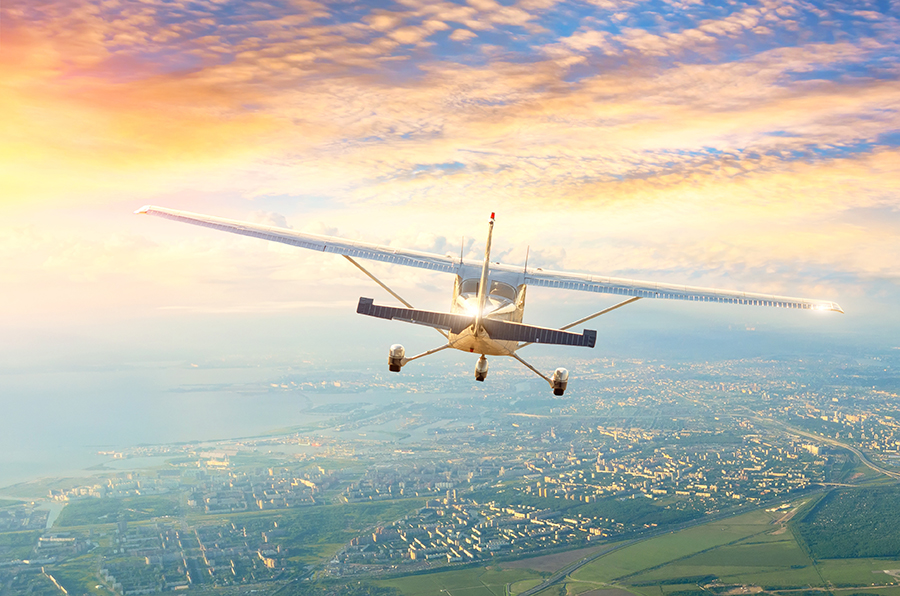
You’re about to land at a small airport late in the evening. Your eyes search for the runway in the darkness, and then, like magic, the airfield comes to life with a brilliant display of lights.
How did that happen? The answer lies in Pilot-Controlled Lighting (PCL) systems.
PCL systems are a popular feature at non-towered airports, as well as towered airports during nighttime hours when ATC is off-duty. Activating these systems is as simple as a few clicks of a button on the airport’s CTAF.
While there are several variations of PCL systems, they all function in a similar manner. When you’re within five miles of the airport, a quick series of seven clicks on the transmit button will activate the system and turn on the airport lights.
These systems typically stay active for 15 minutes, giving you ample time to land and taxi to your destination.
Need more time?
No worries, just repeat the process to reset the 15-minute timer. Some PCL systems even allow pilots to adjust the intensity of the lighting by clicking three times for low, five times for medium, and seven times for high.
PCL systems are not just convenient; they’re also cost-effective.
Smaller airports in rural areas don’t need to keep the lights on constantly during nighttime or periods of low visibility. Instead, they only illuminate when needed, saving both energy and money.
So, next time you’re flying at night, remember the power of Pilot-Controlled Lighting is just a few clicks away.
Conclusion
As a pilot, you will inevitably need to use a CTAF at some point.
Understanding where to find the CTAF, how to use it (and why it exists in the first place) will go a long way in ensuring that your flight is a successful one.
Additionally, understanding in what kind of airspace you’ll use a CTAF is essential.
Check out our Airspace for Dummies guide, and you’ll be able to fly into any airport, on any frequency, with confidence!
